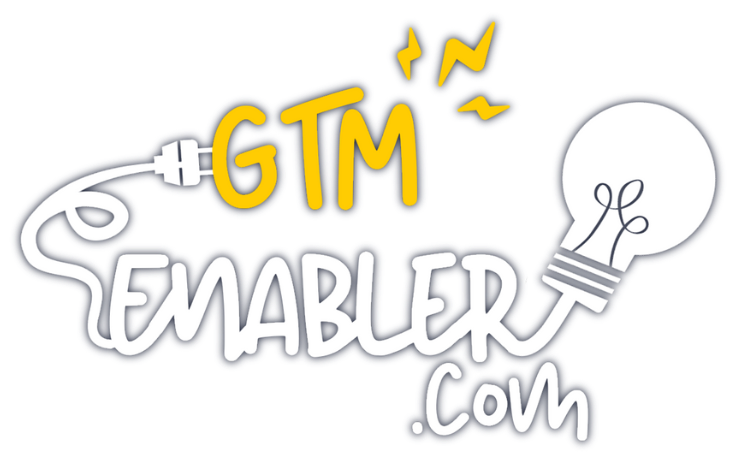How to lower ramp time with the structure of your Sales Onboarding Program
Building a Sales Bootcamp requires coordination of many people, technologies and information. It's not an easy task to get done and it's an even harder task to get it done right.
There is great advice out there on creating compelling trainings on specific topics. But many companies struggle with something that isn't talked enough about, and that is holistic program structure (arguably, the most important aspect of successful bootcamps). Thus, when a client asks me, "How can we make a program that best optimizes time, ensures skill retention, and decreases overall ramp time?" I don't just list off areas of content or skill focus. Instead I say...
"Good Sales Bootcamps are linear, measurable, learning paths. Not a series of topics."
This means, thinking about the learning journey from the first lesson to the last as the central theme in developing a bootcamp. This also means creating clear and measurable benchmarks through out the program to best assess retention in real-time.
Instead of trying to rush through a bunch of topical powerpoints, ask people to aimlessly shadow peers, or cover many topics in one short go, map out a program that aligns with the linear customer journey, from the perspectives of both the customer and the seller. This will result in the creation of a high rewards program, in exchange for a few short weeks of dedicated training time.
Implementing this type of structure is helpful for many reasons:
You won't create content in a void - meaning there's less risk of duplicative, irrelevant, vague or contradictory information being bestowed upon your new hires, as all content made must be planned, and intentionally built to follow and lead into other sessions.
The trainings, as a whole, will be much easier for your newbies to absorb and retain because its well paced, aligns with their field experiences and holds micro-accountability throughout.
Regular benchmarking prevents long-term failure by allowing for real-time recognition of reps struggling, and by providing for space to remedy quickly before bad habits are formed and quotas are on the line.
Reps will leave a full bootcamp program fully ready to perform at a shortened ramp.
This structure will be easily repeatable, measurable and scalable.
With benefits like that, what more could you ask for?


